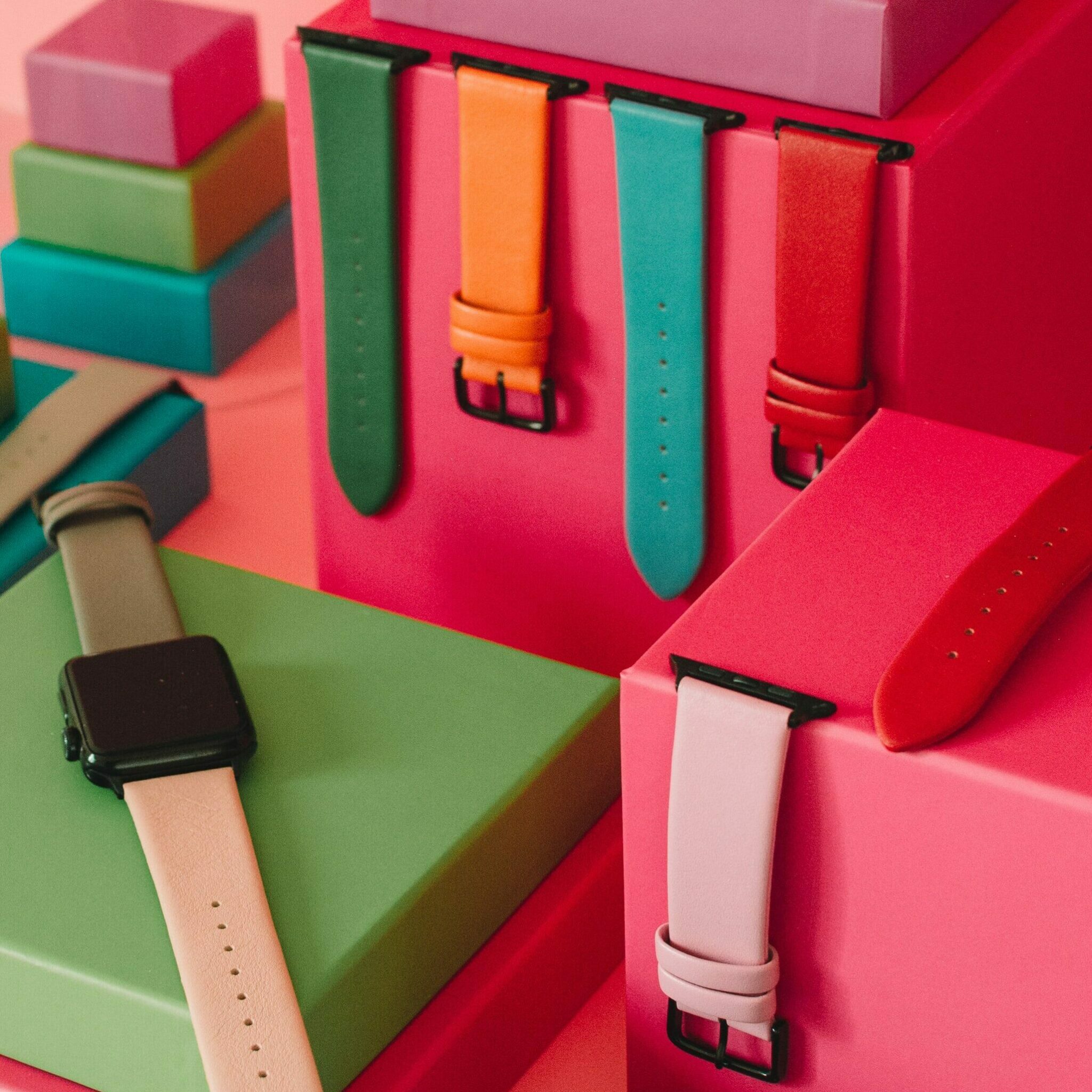
Of all the types of watch bands, rubber may be the least classy, at least in the traditional sense. However, the rubber watch band is becoming more and more popular. There are plenty of reasons the leather strap now has a strong competitor; rubber watch bands are cheap, waterproof, durable, easy to fix, clean, and expand. The clincher for lots may be that they’re not super easy to scratch!
After gaining popularity in the 1960s, initially marketed for drivers, the rubber watch strap really took off in the 1970s and 80s. They supported popular watch faces such as the Aquastar Benthos 500, and later the Lagunare LCC 1000. Now they are ubiquitous, with most drivers and sportspeople donning the rubber band. It’s even found its way into eveningwear.
If you are tempted to give a rubber strap a go (for any of the reasons mentioned in the first paragraph), then we are here to help you. Changing a strap in general might be a daunting prospect – especially if you’re unsure what type of strap watch is compatible with – but fear not. Keep reading to find out how easy it is to find the rubber strap for you.
1) Discover The Specs You Need
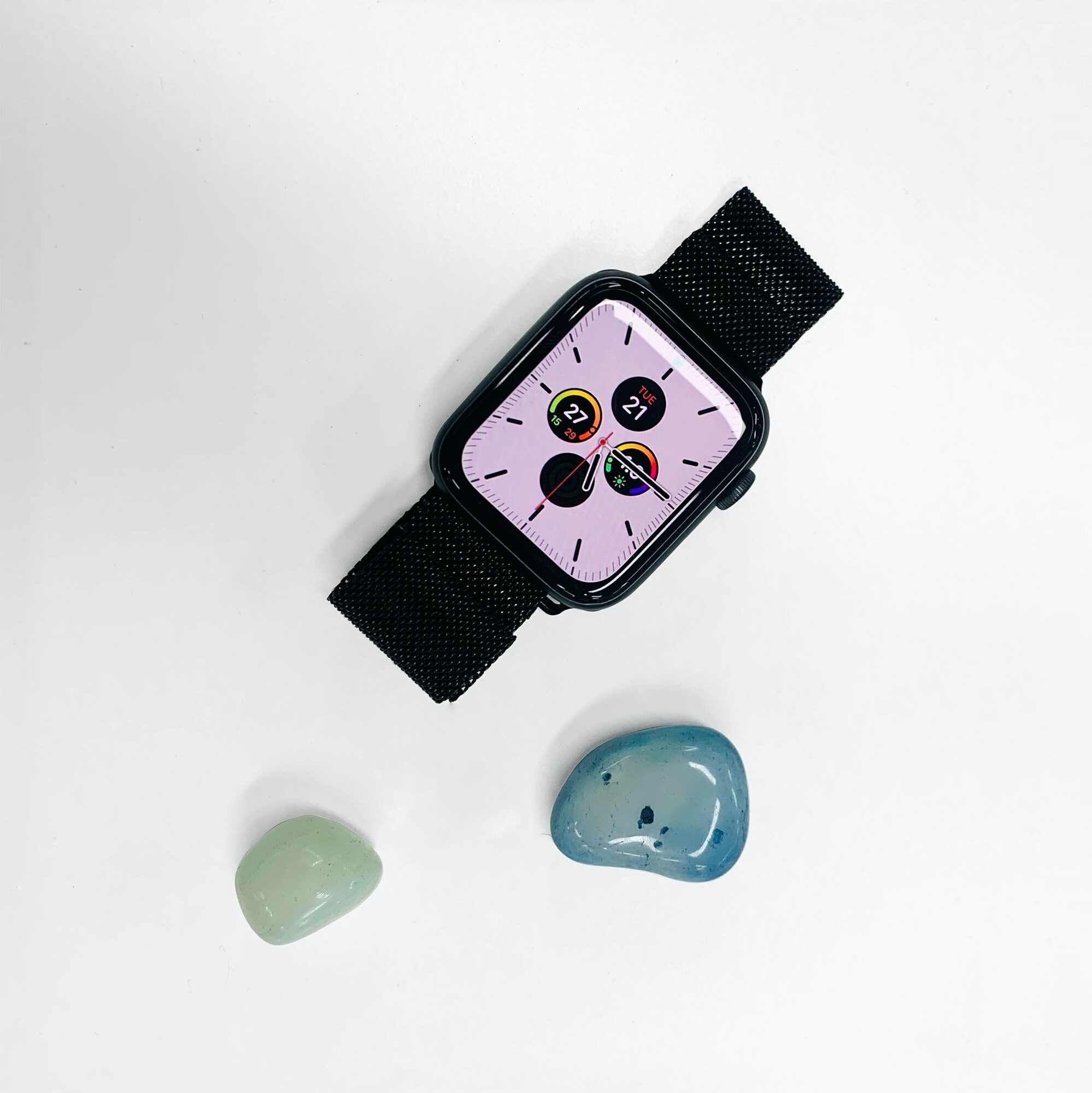
There are two key factors here: size and length. The former is in regards to the lugs on your watch, and the latter is your wrist size.
On your watch, the lugs are where the straps attach to the watch face. It’s a fidgety thing to measure because it’s so small, but it’s a necessary task. The width of the lugs will always be measured in mm. For example, if the width is 15mm, you’ll naturally need a 15mm rubber watch band.
You’ll need to make sure this is exact, because if the strap is too thick it simply won’t fit, and too thin will make for an annoying gap where the watch will slip and shift about.
With regards to the length, at least this one is easier to measure. It is, however, just as important when it comes to looks, comfort, and practicality. Although most straps simply come in a standard size that should fit most wrists, it is often possible to get a shorter or longer strap if the standard size isn’t comfortable.
As mentioned above, it’s much less finicky to measure your wrist than the lugs of your watch face. The units will be the same though, with mm being the standard. Some American companies use inches, however – which shouldn’t be a problem to convert with the help of Google.
2) Choose The Right Rubber
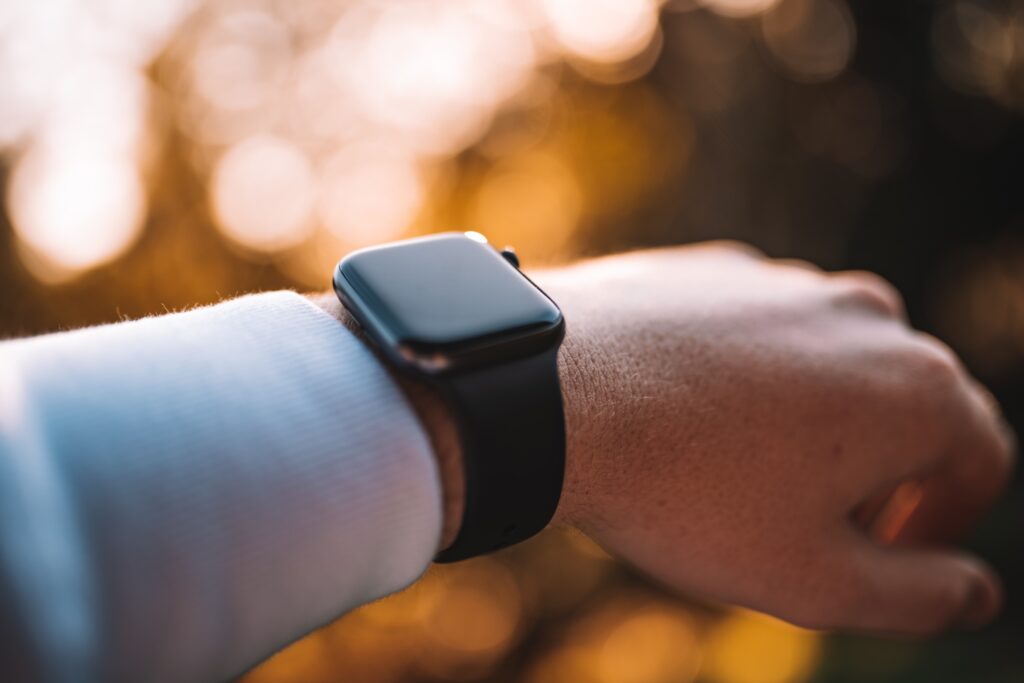
Although this is technically a “spec” too, we felt this needed its own section. Because you’re bound to come across all these different rubbers, there’s a chance you’ll get overwhelmed by the options available. We’ll go over the basics below.
Natural rubber is a good place to start. It’s the old-school variant, used in manufacturing centuries before the creation of the synthetic stuff we mostly see today. Harvested in the form of latex from the rubber tree, there’s a chance you may be allergic – in which case, pick one from below instead.
Silicone rubber is perhaps the most popular of the synthetic rubbers – composing of the polymer silicone, silicon, carbon, oxygen, and hydrogen. Although it’s an easy material to be coloured and molded, it can tear easier than others, and potentially attract dust and lint. These aren’t guaranteed to happen, however, and silicone watch straps are often considered to be cost effective.
PU (polyurethane) rubber is another popular synthetic material, known for its durability and elasticity. It is, according some, uncomfortable – but that’s a risk you may have to take!
3) Prepare to Do It Yourself
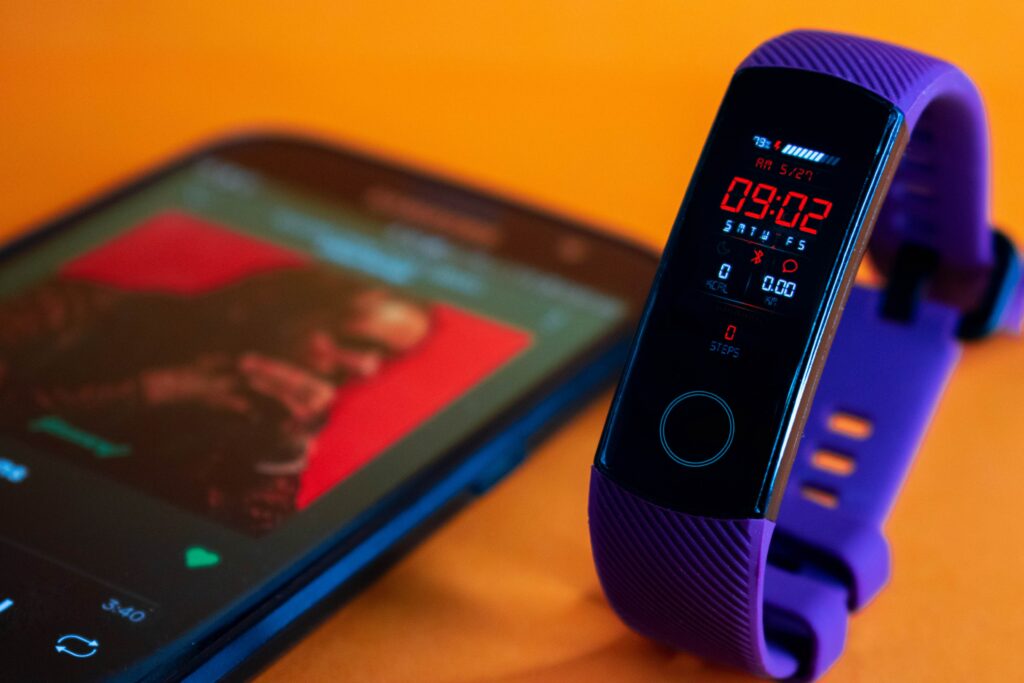
Sometimes, if you want something done right, you have to do it yourself. Whether you’re a DIY nut or not, ordering a strap without a watch means you’ll have to do some tinkering.
First things first, then, you’ll need the right tools. Your old strap will need to be removed using a spring bar tool, which shouldn’t cost more than $10 on Amazon. Some strap companies, such as Carty, design their straps with a quick release function. These straps can be removed without the use of a spring bar tool.
We would certainly recommend having a soft cloth to hand to rest the watch face on so it doesn’t get scratched on any rough surface. Check out our article on how to change a watch strap!
4) Things To Be Wary Of
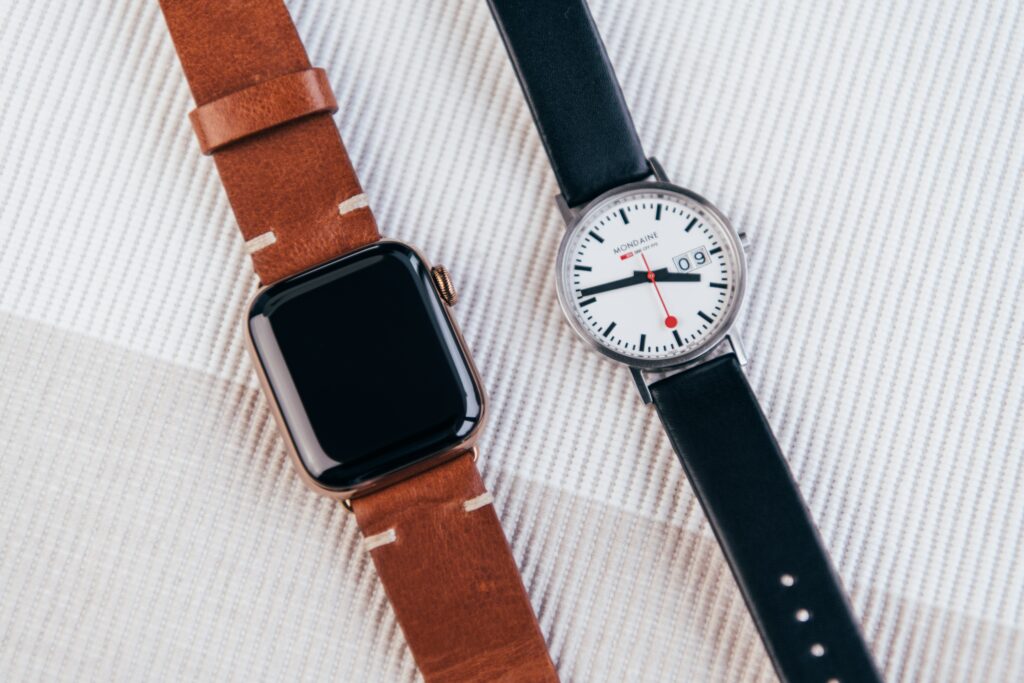
We’ll finish with a few warnings before you jump right into shopping for your new rubber watch band.
It’s unlikely, but there is a chance your strap doesn’t have a buckle built in, so you’ll have to buy one elsewhere. Always check at the store or on the website – unless you’re planning on attaching a bespoke buckle, a strap isn’t much good without a buckle.
Triple-check the material. This is especially important if you have any allergies to certain types of natural or synthetic rubbers.
Summary
To summarize, even though a rubber watch band may not be your first choice, they are cheap, waterproof, durable, easy to fix, clean, and expand. Buying a rubber watch band instead of a leather strap is a great way to save money on your watch purchase! Make sure you read through our guide carefully to make sure you’re utilizing all the tips and tricks you need. Before you leave, check out our other blog post on tips to save money whilst shopping for a watch!